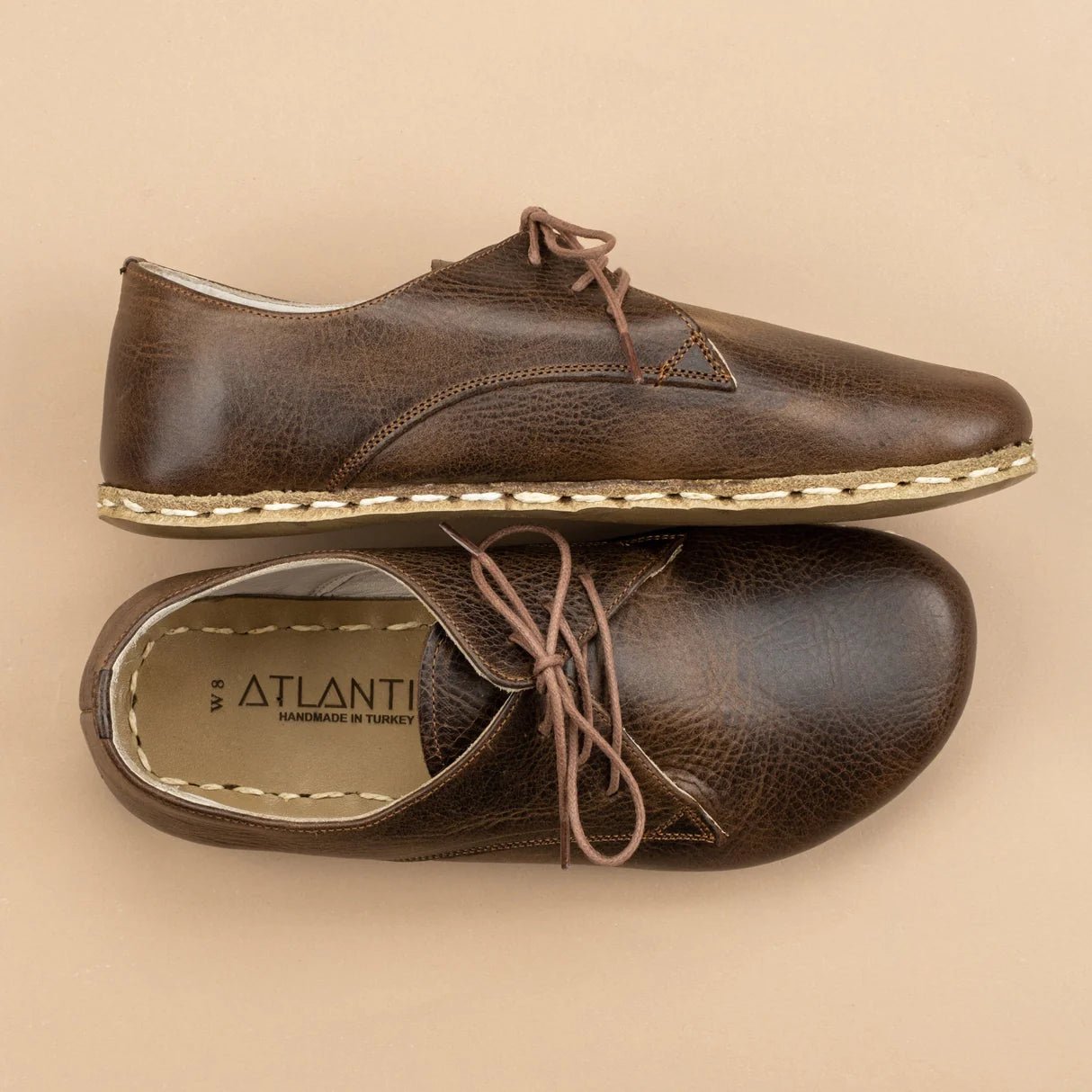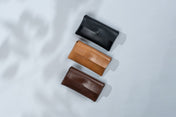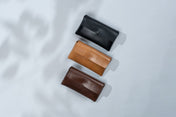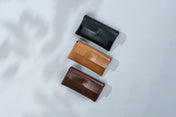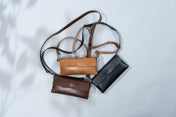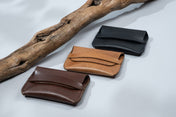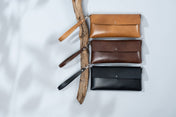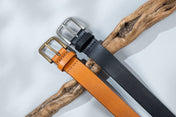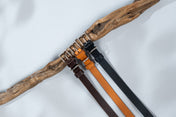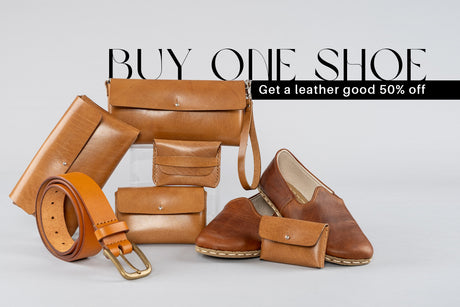One often wonders about the compatibility of socks with barefoot shoes designed to mimic the natural feel of walking unshod. Initially, the concept may evoke images of distinctive toe-segmented shoes, yet the reality is broader. Indeed, individual comfort and specific circumstances dictate whether one opts for socks. Consequently, personal choice plays a pivotal role in this decision. Furthermore, practical reasons such as hygiene and climate influence the decision to don socks with these minimalist shoes. Hence, pairing socks with barefoot shoes remains an open option, accommodating various wearer needs.
Socks and Barefoot Shoes
The harmony of socks with barefoot shoes extends beyond mere aesthetics; it serves as a shield for foot health. Socks act as a barrier, safeguarding against the dampness often accompanying an active lifestyle. The moisture-wicking properties of socks are indispensable in maintaining a dry environment within the shoes. This is especially crucial for those whose feet are prone to sweat more profusely. Such individuals find that socks are not just an accessory but necessary to prevent the proliferation of bacteria and fungi.
Moreover, including socks in one's footwear routine significantly contributes to the longevity of barefoot shoes. The inner workings of these shoes, particularly the lining and insoles, are prone to wear and tear from continuous contact with moisture. Socks absorb this moisture, reducing the direct impact on the shoes' interior. This absorption not only preserves the material but also aids in keeping the shoes in prime condition for extended periods.
Here are additional benefits of coupling socks with barefoot shoes:
- They facilitate a smoother fit, especially with shoes that have a snug design.
- They help mitigate the friction between the foot and the shoe, curtailing the risk of blisters.
- In colder climates, socks provide an extra layer of insulation, keeping the feet warm.
Ultimately, socks are a critical component for those choosing barefoot shoes as their preferred footwear. They enhance the user experience by ensuring comfort, hygiene, and durability. Furthermore, the ease of cleaning that comes with wearing socks cannot be overstated. A fresh pair of socks can renew the feel of the shoes with every wear, contributing to a consistently pleasant and odor-free experience. Therefore, the integration of socks into the barefoot shoe ensemble is practical and beneficial for both the wearer and the footwear.
Individual Choices in Barefoot Footwear
When it comes to navigating the nuances of barefoot shoes, the wearer's discretion is paramount. These minimalist shoes offer a unique experience that closely resembles the natural stance of being barefoot, thus challenging conventional footwear norms. Each individual's skin sensitivity varies greatly, as does their inclination for sock usage. For some, the direct contact of skin with the interior of barefoot shoes is a sensation that brings comfort and a sense of freedom; for others, it may not be as agreeable.
Subsequently, the addition of socks can alter the experience significantly. An extra layer between the foot and shoe might provide a buffer that enhances comfort and offers warmth, especially in cooler climates. Conversely, during warmer periods, the choice to forgo socks can enhance the breathable qualities of barefoot shoes, contributing to a more pleasant walking experience.
Moreover, the type of activity being engaged in has a substantial impact on the decision to wear socks with barefoot shoes. Here are a few considerations:
- For high-intensity activities, socks can absorb sweat and reduce friction.
- In leisurely settings, the barefoot shoe might be better enjoyed without the barrier of socks, allowing for a more tactile interaction with the environment.
- Socks can provide additional protection from elements and terrain when engaged in outdoor pursuits.
Ultimately, experimentation is key. Individuals should try various combinations of socks and barefoot shoes across different scenarios. This approach allows one to ascertain their optimal level of comfort and functionality. As they navigate these personal trials, they will likely arrive at a bespoke solution catering to their unique preferences and situational needs.
Socks or No Socks
The design of barefoot shoes is a testament to the ingenuity of blending the ancient practice of walking barefoot with modern footwear technology. Wearers of these shoes enjoy a closeness to the earth that traditional shoes do not permit. Yet the integration of socks into this equation brings forth a nuanced discussion. Those who choose to wear socks with their barefoot shoes do not necessarily deviating from the philosophy of natural foot movement; instead, they may add a beneficial component to their experience.
Toe socks, specifically crafted to align with the minimalist nature of barefoot shoes, offer a compromise.
They provide:
- Isolation for each toe, allowing for individual movement.
- A thin barrier that protects from cold and abrasions without compromising sensitivity.
- The absorption of sweat contributes to a more hygienic footwear environment.
Moreover, the addition of socks can extend the life of the shoes by reducing the wear and tear caused by direct contact with the skin. This is especially relevant for individuals who engage in extensive physical activities where the foot and shoe experience significant interaction. Moreover, in colder climates, the need for socks becomes a matter of comfort and necessity. Therefore, while purists might advocate for a strict interpretation of the barefoot shoe ethos, the practical benefits of wearing socks are compelling.
Admittedly, the choice to wear socks with barefoot shoes remains a personal one, shaped by the wearer's unique requirements and environmental conditions. In essence, the barefoot shoe experience is adaptable designed to cater to the user's preference, ensuring that the primary objective—natural foot function—is not lost. Thus, the barefoot shoe community upholds a flexible stance, welcoming sock enthusiasts and purists alike, united in pursuing a more natural stride.
Easing into Barefoot Shoes with Socks
Transitioning to barefoot shoes represents a significant shift in how one experiences the ground beneath their feet. For novices to this practice, the initial sensation can seem overwhelming. Integrating socks into the equation can serve as a comforting intermediary, lessening the abruptness of the tactile switch. This fusion allows the wearer to retain a touch of the conventional shoe feel while gradually adjusting to the minimalistic design.
The soft barrier of socks offers a familiar texture, easing the feet into the novel sensation of moving with barefoot shoes. The gentle embrace of fabric can provide solace to those who find the direct contact of shoe to skin too stark at first. Furthermore, socks act as a protective layer, guarding against the cold and cushioning the soles against rough terrains. This protection is not just about physical comfort but also about psychological readiness, as it can boost the wearer's confidence to stride in barefoot shoes.
As the journey with barefoot shoes progresses, the reliance on socks may diminish. The feet begin relishing the liberty and natural movement of barefoot shoes. Eventually, the wearer might find that socks are no longer necessary but an option for specific conditions.
Advantages of wearing socks with barefoot shoes include:
- Enhanced Comfort: Socks can soften the feel of the ground, making the transition less jarring.
- Warmth: In colder climates, socks provide an essential layer of warmth.
- Protection: When traversing rugged landscapes, socks add a layer of defense against abrasive surfaces.
In conclusion, while barefoot shoes aim to provide a near-natural foot experience, socks can support this adaptation process. They are not an impediment but a facilitator, allowing each individual to navigate their path to comfort and natural movement with confidence.
Types of Socks for Barefoot Shoes
For enthusiasts of barefoot shoes, the integration of socks into their footwear routine offers a spectrum of benefits and enhancements. The market avails a diverse collection of socks, each tailored to complement the barefoot shoe experience. Toe socks mirror the shoe's minimalist ethos, providing a snug fit and allowing each toe to move independently. Meanwhile, thicker socks stand ready to deliver warmth without compromising the shoe's ground feedback for those seeking extra insulation, crucial to the barefoot sensation.
Moreover, thin sock liners serve as a middle ground, preserving the barefoot tactile experience and affording socks' hygienic and comfort advantages. The choice of sock is not a trivial one, as it can significantly affect the fit and feel of the shoe. Various factors influence the selection:
- The fit of the barefoot shoe, which can be altered by the thickness of the sock.
- The prevailing weather conditions, where colder climates may necessitate a denser material.
- The intended activity, as different exertions require varying levels of cushioning and support.
A Brigham Young University study in 2019 found that minimalist shoes can bolster foot strength by enlarging muscle size, offering a compelling argument for their use in enhancing natural foot mechanics and promoting muscular health.
Subsequently, wearers of barefoot shoes should consider experimenting with different sock types. This exploration is not merely about preference but also about enhancing the functional aspect of barefoot shoes. Socks tailored for these shoes are designed to optimize the user's comfort while staying true to the principles of barefoot footwear. Ultimately, the judicious choice of socks can elevate the barefoot shoe experience, ensuring that wearers enjoy comfort and the intended natural foot movement.

